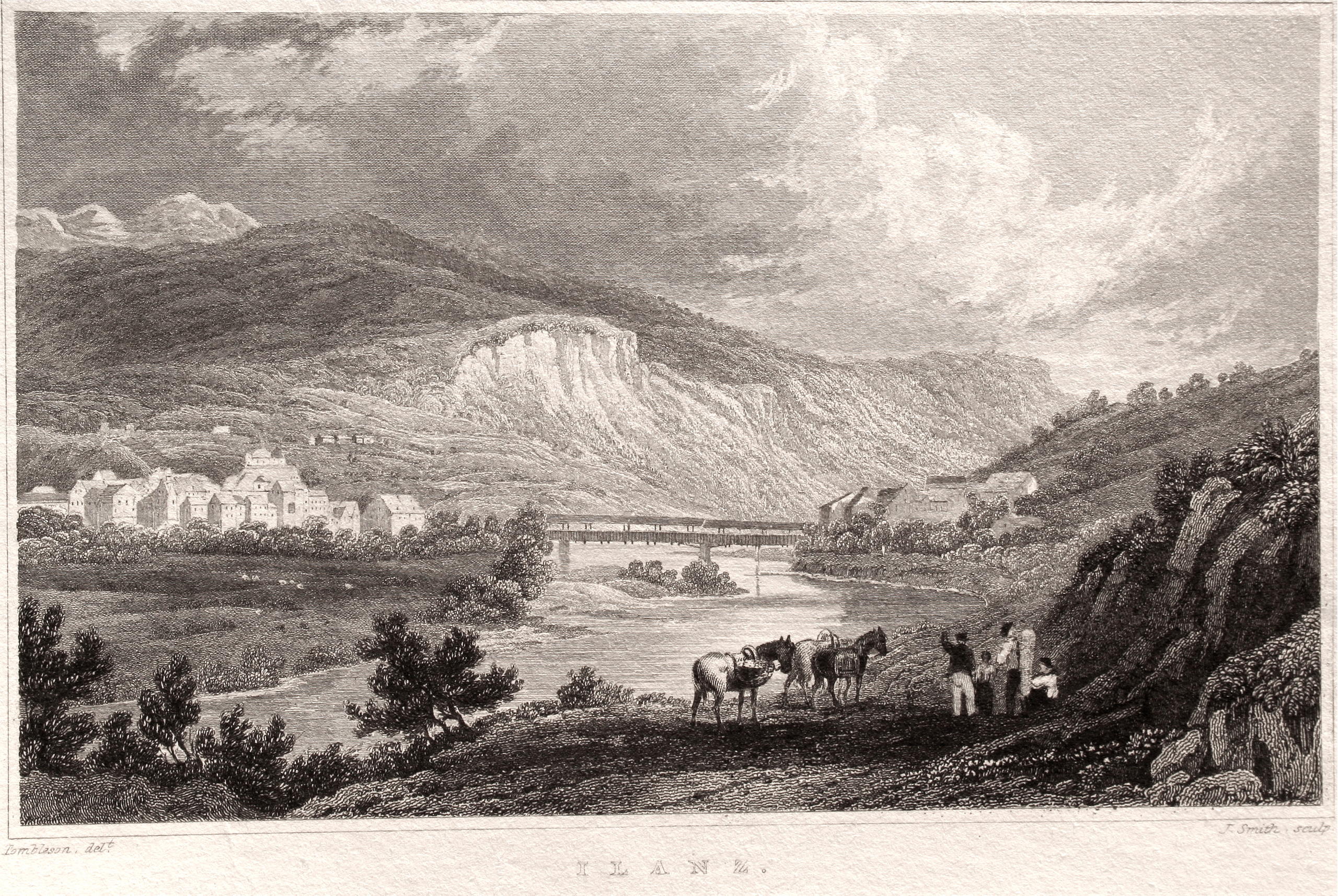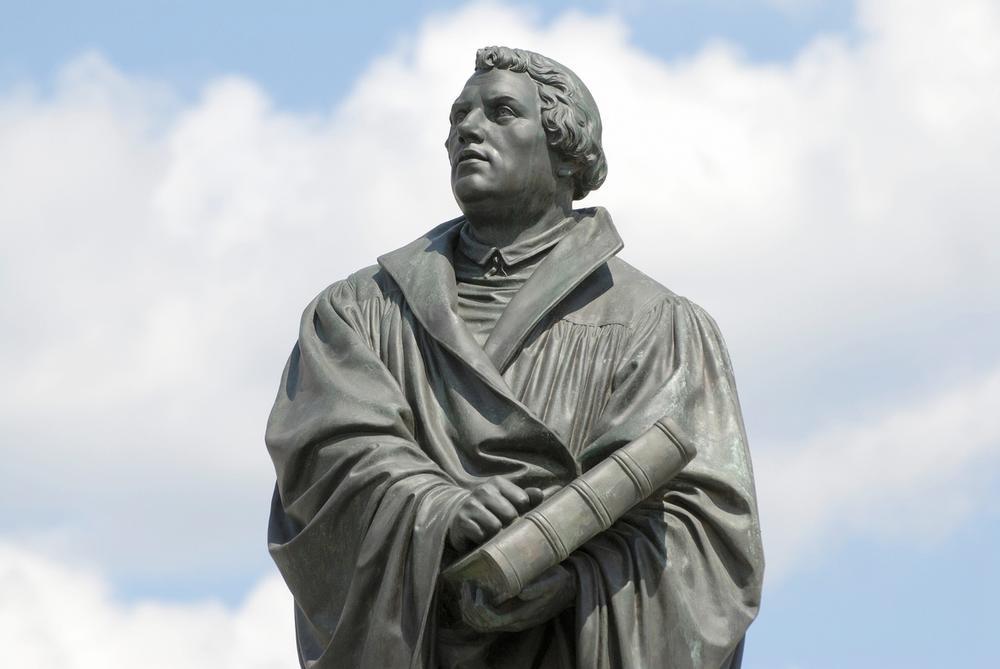Time is money: why the Swiss switched calendars

Catholics and Protestants in Switzerland fought, literally, for more than 200 years over the “correct” calendar, with the last municipality finally adopting the Gregorian calendar in 1812.
In 1796 or 1797, adherents of the new calendar in Ilanz, canton Graubünden, forced their way into the village church, ripped out the kneelers on which people prayed and turned them into firewood.
Ilanz was a microcosm of Switzerland, following the decree by Pope Gregory XIII in 1582 for a major reform of the calendar.
The Julian calendar, introduced by Julius Caesar in 46BC, was a significant achievement but it had, as scholars soon realised, a significant disadvantage: it was 11 minutes and 14 seconds longer than the solar year. These minutes added up over the centuries to entire days and threw the church’s festival calendar into confusion. Easter, for example, moved further and further away from the first full moon in spring.
Pope Gregory (1502-1585) wanted to fix this, so, after seeking expert opinion across all of Europe, he ordered the surplus ten days to be struck from the calendar.
The Gregorian calendar was introduced in the Catholic empires of Spain and Portugal and other Catholic countries in Europe without any major problems. People obediently jumped directly from October 4 to October 15, 1582.

In the German empire and Switzerland, however, which were part Catholic and part Protestant, the conversion was far from smooth.
No time for the Pope
In Switzerland, the Catholic cantons, with the exception of Nidwalden, wanted to use the Gregorian calendar and demanded to introduce it in the subject territories.
The Reformed cantons, in particular Zurich and Bern, protested. They did not want to be told by a pope how to keep time – especially not by Gregory, who ten years previously celebrated the murder of thousands of Protestants in France with a Te Deum (hymn of praise).
On January 12, 1584, the Catholic cantons pressed ahead, crossing out ten days from their diaries and introducing the papal calendar.
After a tough struggle, a compromise was reached with the subject territories: Catholics would celebrate religious holidays according to the new calendar, Protestants according to the old one. Thus, all places of work would close up shop on Protestant as well as Catholic holidays.
Economic fall-out
The result was nationwide confusion. National events such as markets and fairs suddenly took place on different dates; with documents and contracts it was no longer clear which calendar their date corresponded to, so people started stamping two dates.
Worst though was religious holidays. Catholics were ringing in the New Year while Protestants were still waiting for Christmas. The Catholics celebrated Easter and the Resurrection before Jesus had been crucified, according to the Protestant calendar.
As a result, in religiously mixed areas the number of religious holidays doubled and, with them, the number of lost work days.
The economic fall-out of having two calendars can be shown by the example of Bivio, a village in Graubünden, that had been a divided parish since 1584. Bivio lay on the trade route over the Septimer and Julier passes, so there were warehouses, taverns and stations for exchanging horses and mules.
Suddenly this infrastructure, on which long-distance trade depended, was closed on twice as many religious holidays and the locals earned correspondingly less. It was no surprise that the Protestant community of Bivio was the first in Graubünden to cross over to the Gregorian calendar in 1745.
All kicked off
In Protestant Ilanz, things were different still. There, the calendar conflict was raging, not between religious denominations, but because the nobility rejected the innovation.
The dispute was long and bitter, and led to “murderous punch-ups” on religious holidays, and when the “converts” won a municipal vote on the calendar issue, things really kicked off.
Patrician families went on a pilgrimage to a church in a neighbouring municipality outside Ilanz, whose pastor read Mass according to the old calendar. The modernisers got their revenge by always barricading the path to the church with tree trunks the night before a religious holiday. This in turn pushed the Protestant locals to come up with a plan to defend the old calendar “with a cudgel”, according to a local historian.
“Since the [Protestant] minority in Ilanz were increasingly few and unable to prevent fieldwork on old-calendar religious holidays, neighbouring villagers hurried down the hill one Easter Monday to help the oppressed [Protestants]. Wielding shovels, spades, ploughs and harrows, they drove out the converts who had been tilling the fields.”
It was only the invasion of French troops in 1799 that put an end to this local posse.
Dubious honour
It was another decade before the last champions of the old calendar were brought to their knees in Graubünden. Even in May 1811, when the cantonal government declared the new way of keeping time to be “exclusively valid”, the municipalities of Schiers, Grüsch and Avers remained defiant. Not until the government threatened to fine them and send in soldiers did they give in.
The citizens of Avers held out for the longest – until January 7, 1812. They thereby achieved the dubious honour of being the last municipality in western and central Europe to accept the Gregorian calendar.
However, traces of the Julian calendar can still be seen around Switzerland. For example the Clauses in UrnäschExternal link in canton Appenzell Ausser Rhoden work their way through the town twice – once at New Year and then on January 13, the Julian New Year.

Regula Bochsler
Regula Bochsler studied history and political science at the University of Zurich.
She has worked for many years as an editor, journalist and presenter for Swiss public television, SRF. She has made ten or so telelvision programmes on history as well as putting on exhibitions.
Her books include “The Rendering Eye. Urban America Revisited” (2013), “Ich folgte meinem Stern. Das kämpferische Leben der Margarethe Hardegger” (I followed my star. The combative life of Margarethe Hardegger) (2004) and “Leaving Reality Behind. etoy vs eToys.com & other battles to control cyberspace” (2002).
(Translated from German by Thomas Stephens)

In compliance with the JTI standards
More: SWI swissinfo.ch certified by the Journalism Trust Initiative









You can find an overview of ongoing debates with our journalists here . Please join us!
If you want to start a conversation about a topic raised in this article or want to report factual errors, email us at english@swissinfo.ch.